Michael Wagner
Mechanistic Interpretability for Neural TSP Solvers
Oct 24, 2025Abstract:Neural networks have advanced combinatorial optimization, with Transformer-based solvers achieving near-optimal solutions on the Traveling Salesman Problem (TSP) in milliseconds. However, these models operate as black boxes, providing no insight into the geometric patterns they learn or the heuristics they employ during tour construction. We address this opacity by applying sparse autoencoders (SAEs), a mechanistic interpretability technique, to a Transformer-based TSP solver, representing the first application of activation-based interpretability methods to operations research models. We train a pointer network with reinforcement learning on 100-node instances, then fit an SAE to the encoder's residual stream to discover an overcomplete dictionary of interpretable features. Our analysis reveals that the solver naturally develops features mirroring fundamental TSP concepts: boundary detectors that activate on convex-hull nodes, cluster-sensitive features responding to locally dense regions, and separator features encoding geometric partitions. These findings provide the first model-internal account of what neural TSP solvers compute before node selection, demonstrate that geometric structure emerges without explicit supervision, and suggest pathways toward transparent hybrid systems that combine neural efficiency with algorithmic interpretability. Interactive feature explorer: https://reubennarad.github.io/TSP_interp
The Open Autonomy Safety Case Framework
Apr 08, 2024



Abstract:A system safety case is a compelling, comprehensible, and valid argument about the satisfaction of the safety goals of a given system operating in a given environment supported by convincing evidence. Since the publication of UL 4600 in 2020, safety cases have become a best practice for measuring, managing, and communicating the safety of autonomous vehicles (AVs). Although UL 4600 provides guidance on how to build the safety case for an AV, the complexity of AVs and their operating environments, the novelty of the used technology, the need for complying with various regulations and technical standards, and for addressing cybersecurity concerns and ethical considerations make the development of safety cases for AVs challenging. To this end, safety case frameworks have been proposed that bring strategies, argument templates, and other guidance together to support the development of a safety case. This paper introduces the Open Autonomy Safety Case Framework, developed over years of work with the autonomous vehicle industry, as a roadmap for how AVs can be deployed safely and responsibly.
Characterizing Idioms: Conventionality and Contingency
Apr 17, 2021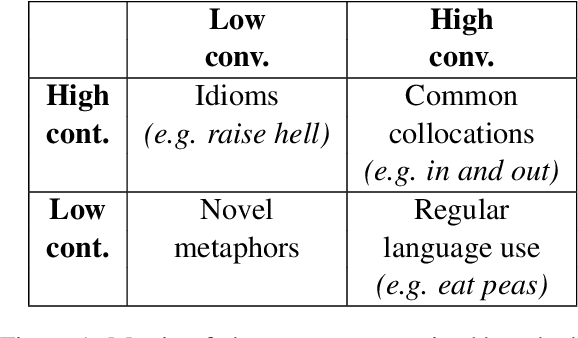
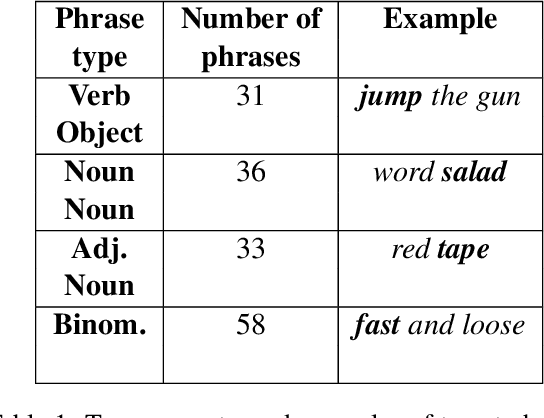
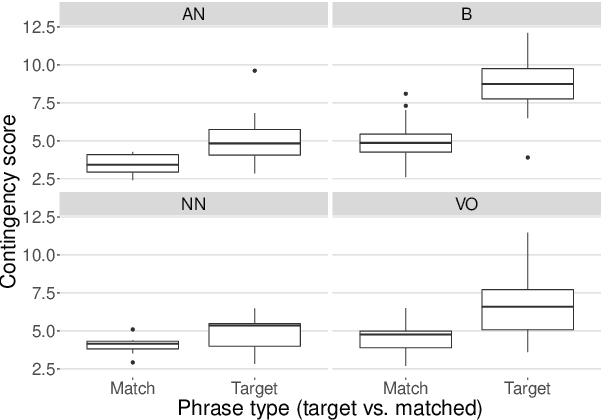
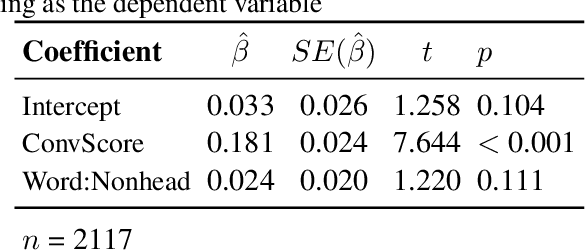
Abstract:Idioms are unlike other phrases in two important ways. First, the words in an idiom have unconventional meanings. Second, the unconventional meaning of words in an idiom are contingent on the presence of the other words in the idiom. Linguistic theories disagree about whether these two properties depend on one another, as well as whether special theoretical machinery is needed to accommodate idioms. We define two measures that correspond to these two properties, and we show that idioms fall at the expected intersection of the two dimensions, but that the dimensions themselves are not correlated. Our results suggest that idioms are no more anomalous than other types of phrases, and that introducing special machinery to handle idioms may not be warranted.
ProsoBeast Prosody Annotation Tool
Apr 06, 2021



Abstract:The labelling of speech corpora is a laborious and time-consuming process. The ProsoBeast Annotation Tool seeks to ease and accelerate this process by providing an interactive 2D representation of the prosodic landscape of the data, in which contours are distributed based on their similarity. This interactive map allows the user to inspect and label the utterances. The tool integrates several state-of-the-art methods for dimensionality reduction and feature embedding, including variational autoencoders. The user can use these to find a good representation for their data. In addition, as most of these methods are stochastic, each can be used to generate an unlimited number of different prosodic maps. The web app then allows the user to seamlessly switch between these alternative representations in the annotation process. Experiments with a sample prosodically rich dataset have shown that the tool manages to find good representations of varied data and is helpful both for annotation and label correction. The tool is released as free software for use by the community.
Improving 3D convolutional neural network comprehensibility via interactive visualization of relevance maps: Evaluation in Alzheimer's disease
Dec 18, 2020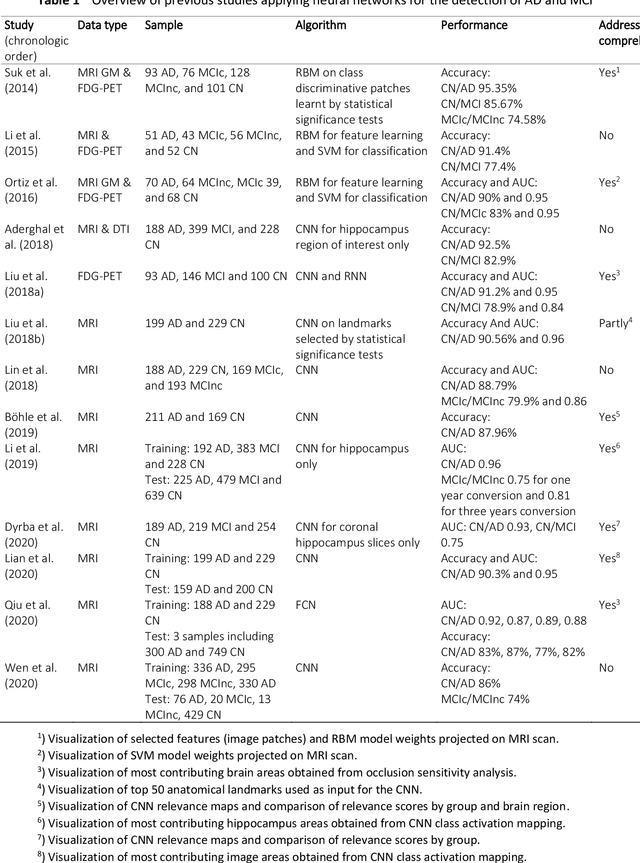

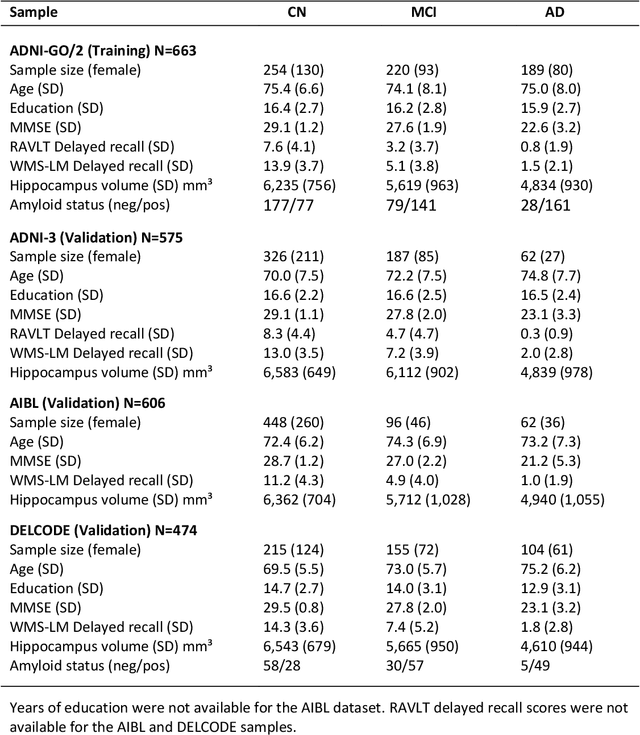
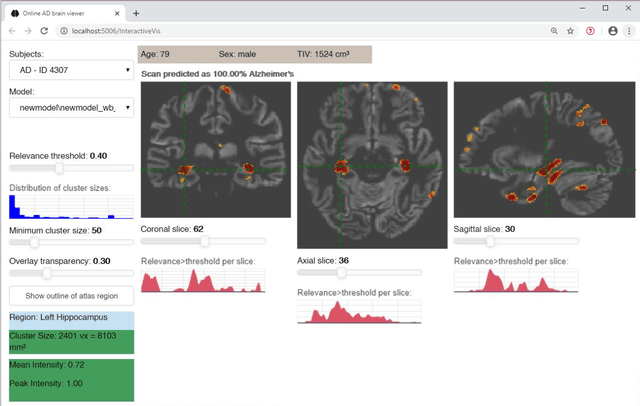
Abstract:Although convolutional neural networks (CNN) achieve high diagnostic accuracy for detecting Alzheimer's disease (AD) dementia based on magnetic resonance imaging (MRI) scans, they are not yet applied in clinical routine. One important reason for this is a lack of model comprehensibility. Recently developed visualization methods for deriving CNN relevance maps may help to fill this gap. We investigated whether models with higher accuracy also rely more on discriminative brain regions predefined by prior knowledge. We trained a CNN for the detection of AD in N=663 T1-weighted MRI scans of patients with dementia and amnestic mild cognitive impairment (MCI) and verified the accuracy of the models via cross-validation and in three independent samples including N=1655 cases. We evaluated the association of relevance scores and hippocampus volume to validate the clinical utility of this approach. To improve model comprehensibility, we implemented an interactive visualization of 3D CNN relevance maps. Across three independent datasets, group separation showed high accuracy for AD dementia vs. controls (AUC$\geq$0.92) and moderate accuracy for MCI vs. controls (AUC$\approx$0.75). Relevance maps indicated that hippocampal atrophy was considered as the most informative factor for AD detection, with additional contributions from atrophy in other cortical and subcortical regions. Relevance scores within the hippocampus were highly correlated with hippocampal volumes (Pearson's r$\approx$-0.81). The relevance maps highlighted atrophy in regions that we had hypothesized a priori. This strengthens the comprehensibility of the CNN models, which were trained in a purely data-driven manner based on the scans and diagnosis labels. The high hippocampus relevance scores and high performance achieved in independent samples support the validity of the CNN models in the detection of AD-related MRI abnormalities.
Bayesian Biosurveillance of Disease Outbreaks
Jul 11, 2012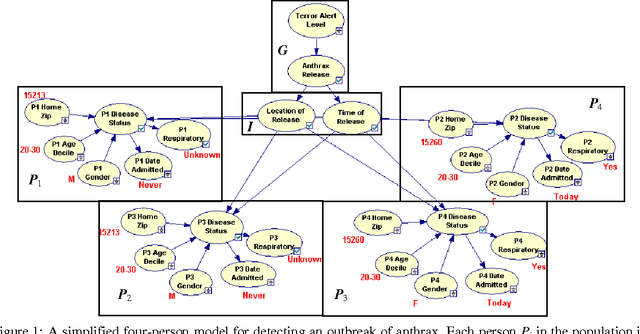
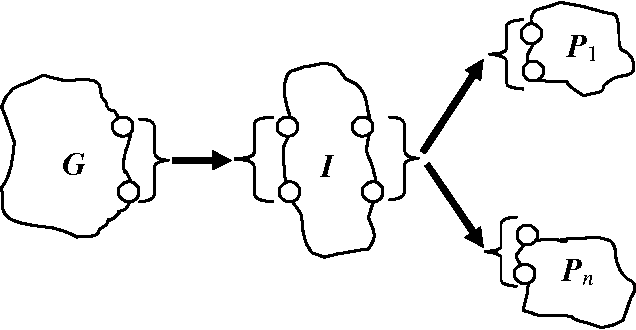
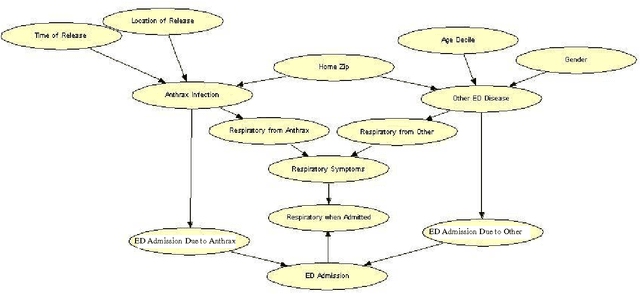
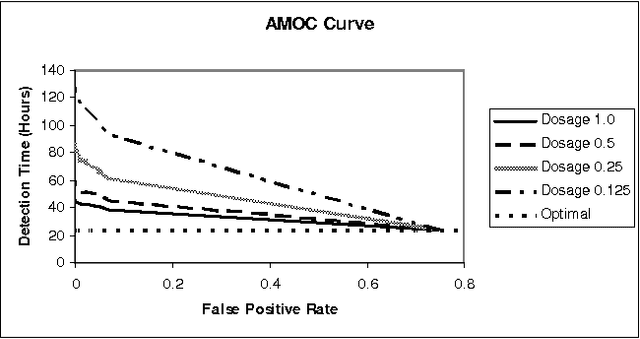
Abstract:Early, reliable detection of disease outbreaks is a critical problem today. This paper reports an investigation of the use of causal Bayesian networks to model spatio-temporal patterns of a non-contagious disease (respiratory anthrax infection) in a population of people. The number of parameters in such a network can become enormous, if not carefully managed. Also, inference needs to be performed in real time as population data stream in. We describe techniques we have applied to address both the modeling and inference challenges. A key contribution of this paper is the explication of assumptions and techniques that are sufficient to allow the scaling of Bayesian network modeling and inference to millions of nodes for real-time surveillance applications. The results reported here provide a proof-of-concept that Bayesian networks can serve as the foundation of a system that effectively performs Bayesian biosurveillance of disease outbreaks.
 Add to Chrome
Add to Chrome Add to Firefox
Add to Firefox Add to Edge
Add to Edge